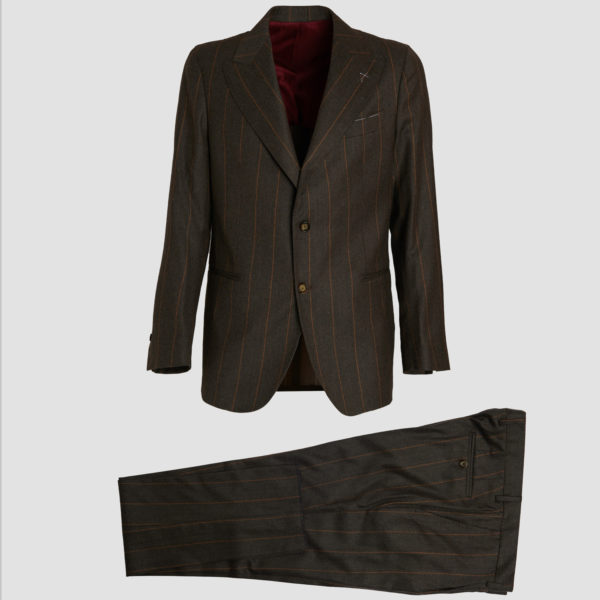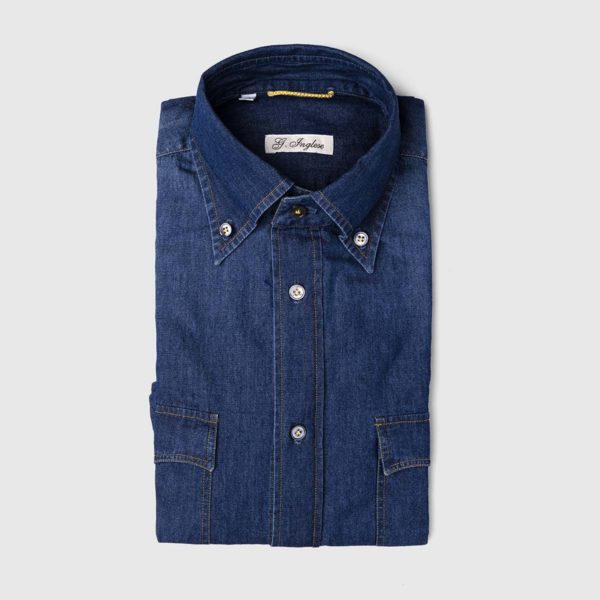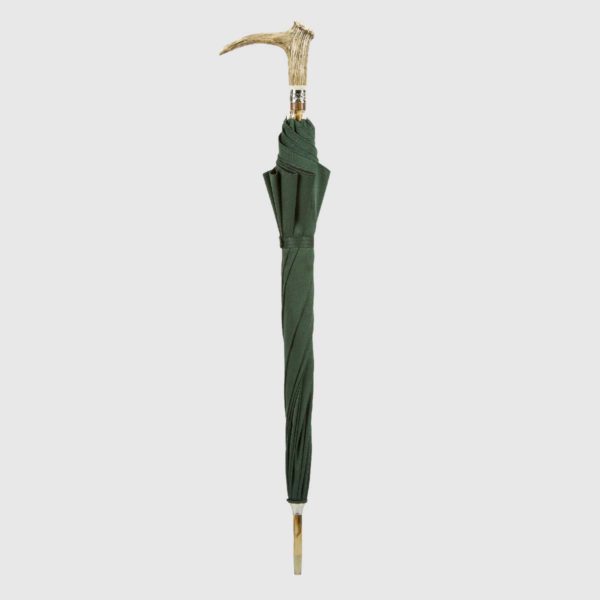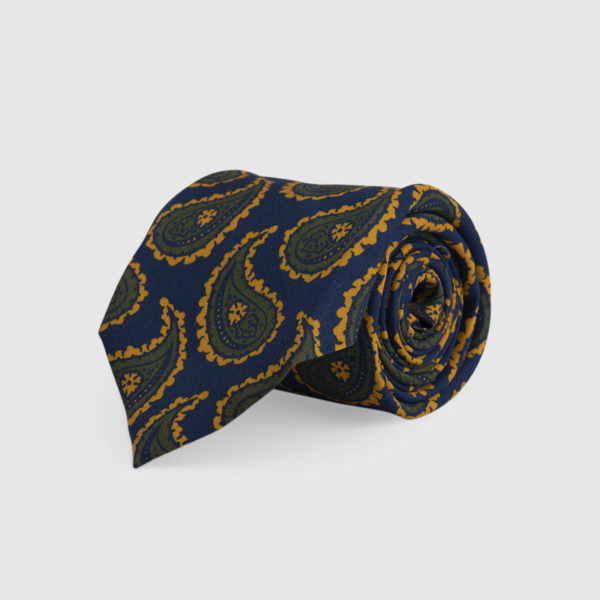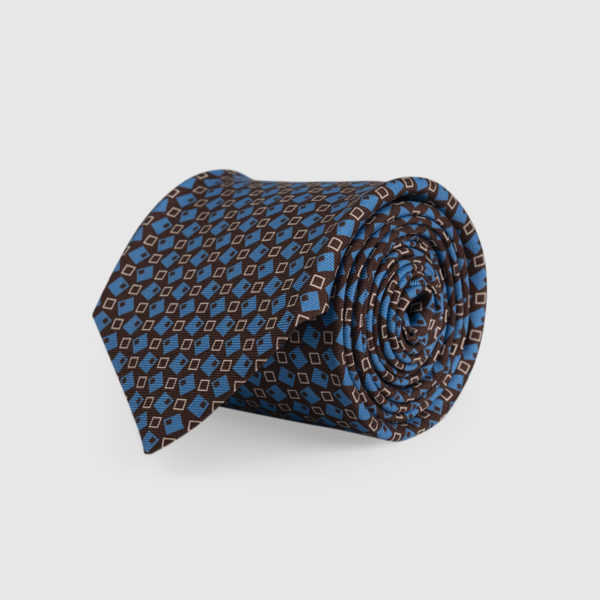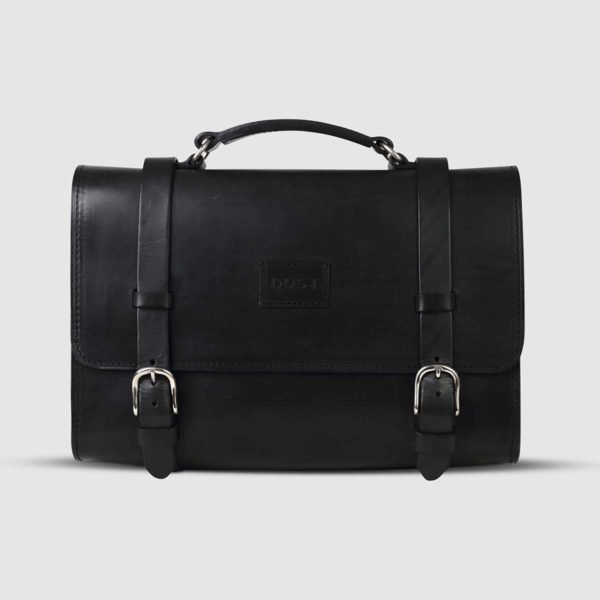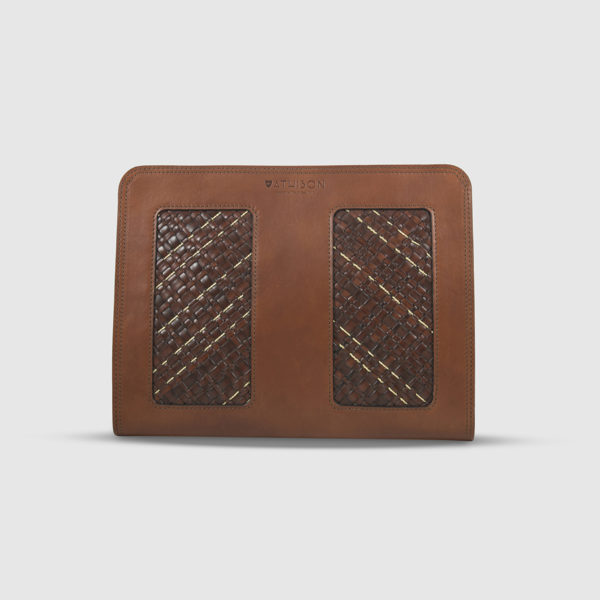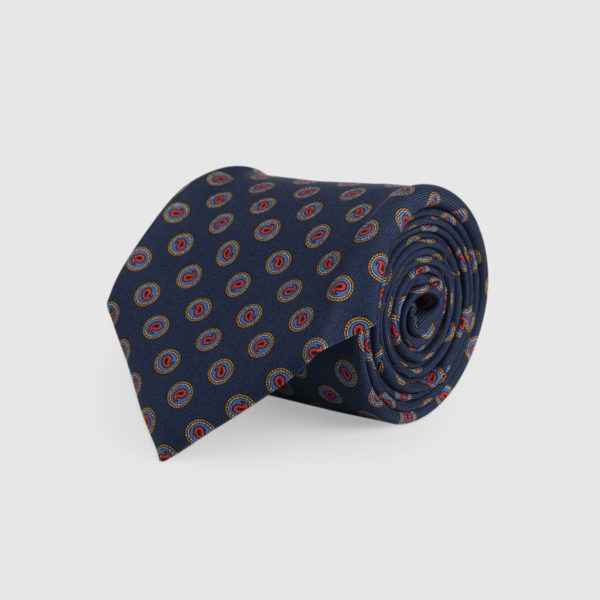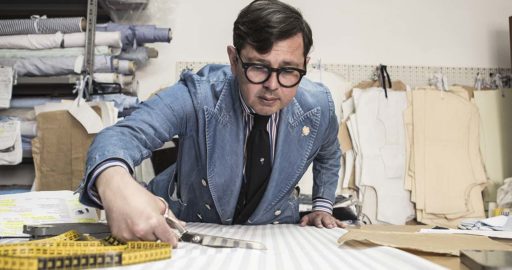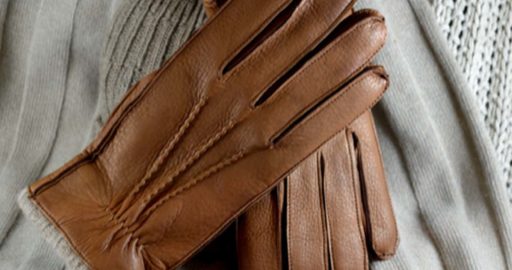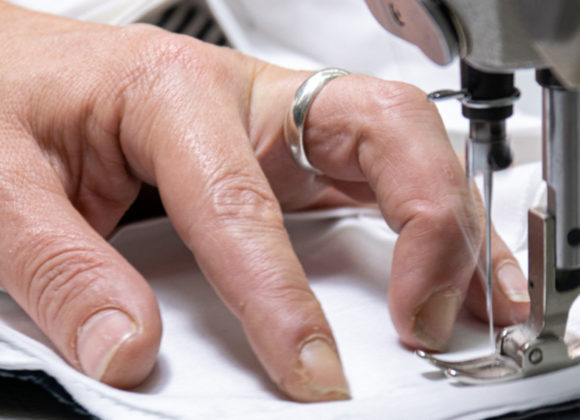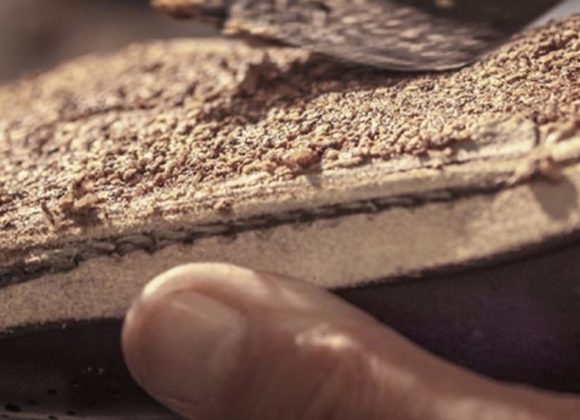 0
0
Solaro fabric is one of the great classics of the male wardrobe and brings with it a long and unique history. It is a narrow herringbone, characterised by a decisive iridescent effect given by the different colour of the warp and weft, which make it red on the reverse side and beige on the straight side. However, when it is struck by sunlight – which explains its name – this mixture of colours creates the optical effect of tending to make the final colour of the entire fabric oscillate between golden, green and reddish shades. Solaro is generally made of light wool or cotton, and this makes it suitable for the spring and summer months, in line with the light colours that generally distinguish it.
The origin of this fabric dates back to the early 20th century. Tropical doctor Louis Westenra Sambon was the creator of the Solaro, conceived with the aim of protecting British troops who, during colonialism, found themselves having to face the high temperatures of the colonised countries for lengthy periods. In 1907, after a series of studies which, at that time, led him to believe that the tropical climate was the cause of a series of diseases often related to light and sunlight, Dr. Sambon presented this fabric to the Journal of Tropical Medicine. That is why he created this fabric, as a protection for settlers. These, in fact, used the red side of Solaro to cover their helmets and the beige side for their uniforms which, now iconically, have entered the collective imagination, when we think of the explorers of new worlds.
A few years later, studies on the correlation between solar rays and tropical diseases were proved wrong, but the invention of Solaro spread widely in the world of men’s fashion. During the 1930s, in fact, boutiques on the renowned Savile Row specialised in selling fabrics that were defined as “tropical”, precisely because of the unusual origin of this fabric and its success. At that time, the British company Smith Wollens proceeded to patent the fabric with the name Solaro, acquiring all the rights.
Solaro is a decidedly unusual fabric, not only given its peculiar history, but also, and above all, because of its characteristic iridescent effect. A suit in Solaro fabric is therefore very special and the men who wear it generally wish to stand out. In reference to Solaro, it is preferable to speak of “complete” because its chromatic characteristics do not allow combining it with other fabrics in the two-piece form. Moreover, as already stated above, it is a fabric purely linked to spring and summer use, both because of its lightness and tonalities, as well as for best highlighting its optical effect.



